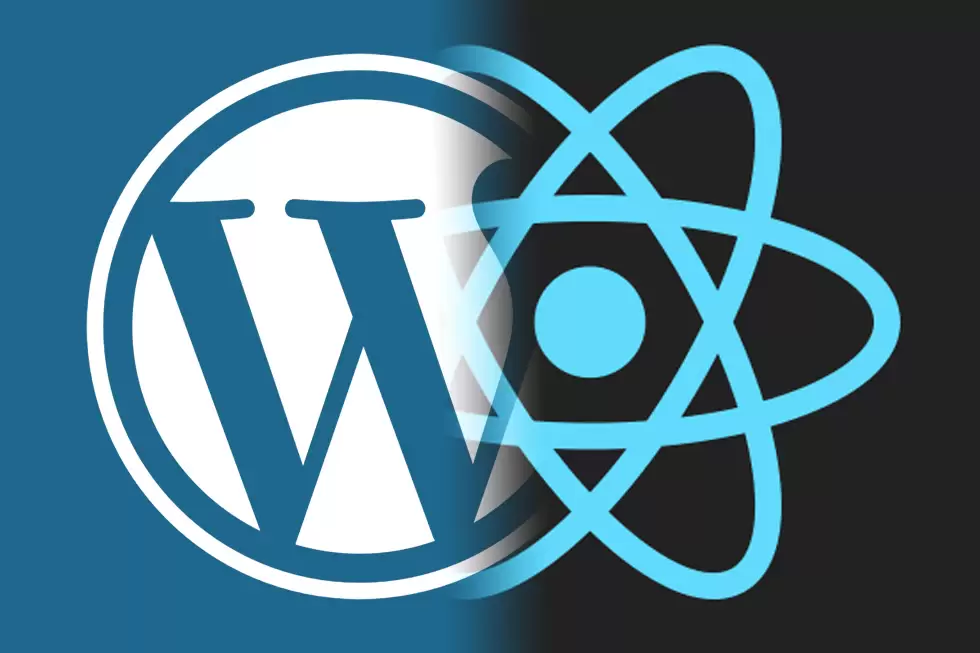by rush-intely | Dec 22, 2023 | WordPress
Post Views: 2 In the dynamic world of web design, capturing your audience’s attention is crucial. A visually stunning website can make a lasting impression, and when it comes to creating impressive sliders and presentations, Slider Revolution 6.6.20 stands out...
by rush-intely | Mar 31, 2023 | WordPress
Post Views: 2 Lazy loading is a technique that improves the performance and speed of your WordPress website by only loading the images and videos that are visible to the user. This way, your site doesn’t have to download all the media files at once, which can...
by rush-intely | Mar 24, 2023 | WordPress
Post Views: 4 As a WordPress site owner, you may need to change the admin user of your website for various reasons, such as security or personnel changes. Changing the admin user of your WordPress site can be done programmatically using WordPress functions. In this...

by rush-intely | Mar 24, 2023 | React, WordPress
Post Views: 4 Combining React with a WordPress theme is a great way to create interactive and dynamic user interfaces on your WordPress website. React’s component-based architecture and ability to create reusable code make it an excellent choice for building web...
by rush-intely | Dec 8, 2022 | WordPress
Post Views: 2 Webp images are not allowed to WordPress media library with default setting. To enable the .webp format use the following code block in your functions.php file inside the theme folder. /* Enable webp image support for media */ function webp_upload_mimes(...
by rush-intely | Apr 6, 2022 | WordPress
Post Views: 10 If you want to make a URL relative from the WordPress root, you can use the following WordPress function. <?php $full_url = “https://intelyblog.com/how-to-programmatically-add-a-wordpress-admin-user-using-functions-php/”;...

